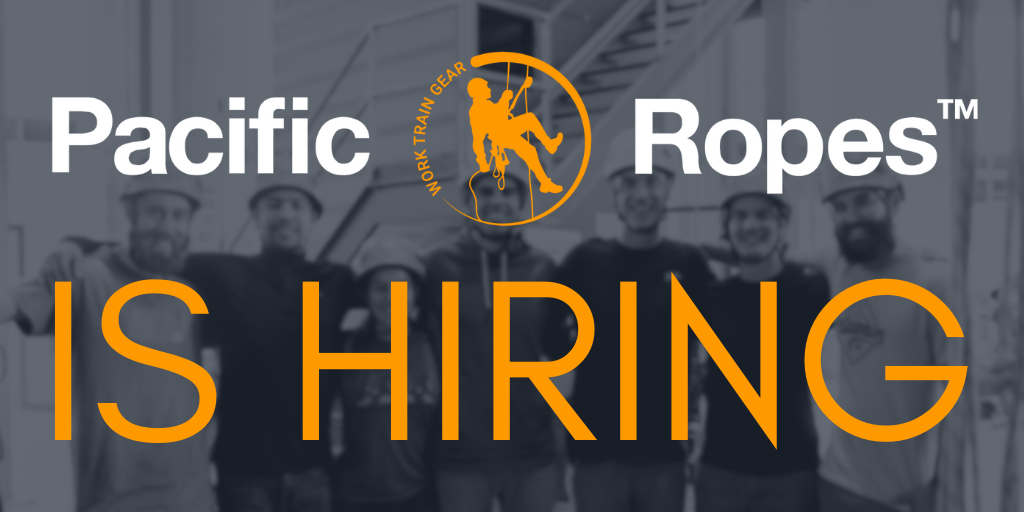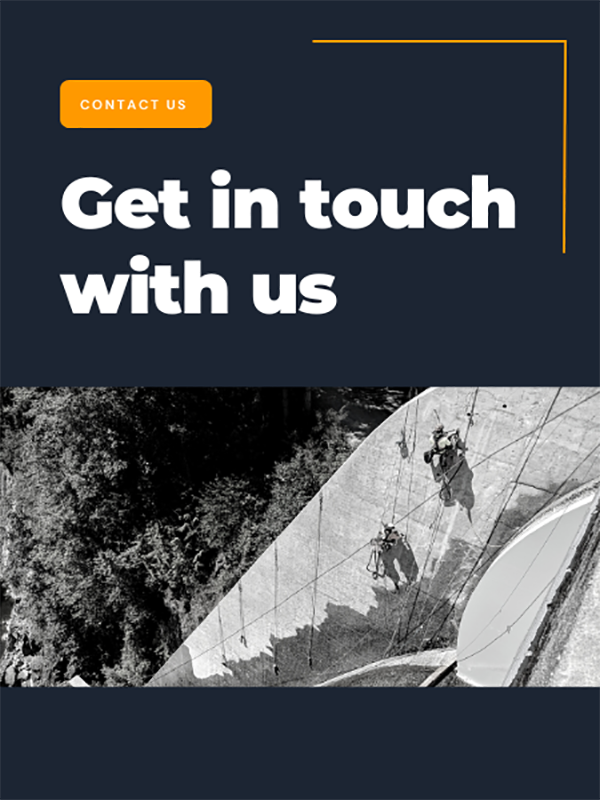The fourth safety component to the Rope Access system is the Level 3 Rope Access Supervisor. We touched upon the thorough training and certification system for Rope Access but we need to also note the role of the Level 3 Rope Access Supervisor. The Rope Access system places a lot of responsibility on this individual because the L3 Supervisor ensures safety protocols are adhered to and is ultimately responsible for the entire Rope Access team on any job site.
An L3 Supervisor must be present on all Rope Access jobs. This requirement is standard in both IRATA and SPRAT associations. In Part 4 we explained that experience is a key component to certification. Well, by the time you are a L3 Rope Access technician, you will have gained at least 2000 hours on rope and at least 2 years of work experience. However, in our experience as a Rope Access training facility, the majority of L2 Rope Technicians have gained far more time and experience practicing Rope Access before advancing to their L3 certification. Each potential supervisor must demonstrate an ability to lead effectively, plan efficiently, and execute perfect safety protocol on all work sites.
An L3 Supervisor is responsible for:
-
Ensuring that all technicians fully comply with the requirements of the RAMS. If you don’t remember what the RAMS is, it’s the Master Risk Assessment for a worksite.
-
They must lead daily safety meetings to go over hazards on site.
-
They are in charge of planning detailed rescue plans and ensuring all technicians understand and follow the Work and Rescue plan.
-
They must always consider pre-rigged and or releasable systems (rigging for rescue). We talk about this in the Rope Access method video if you are unsure what this means.
-
Supervisors must ensure all work area has been cordoned off and clear of hazards.
-
They carry out work area and rope anchor inspections before anyone commences on operations.
-
They oversee that their whole team is following procedure and safety protocols. If anything is off track, they immediately stop all work until the situation has been fixed.
-
They are responsible for monitoring new Rope Access technicians.
-
They are trained to report and investigate any minor or major incidents.
-
If an emergency arises, the L3 supervisor is responsible for conducting site emergency and rescue procedures.
-
The Rope Access Supervisor is also responsible for equipment inspection records and must appropriately deal with any damaged or failed equipment.
-
One of the most important duties for our Rope Access supervisor is to ensure each individual in their team have the correct experience, skills, and capabilities for the task at hand. This means that all paperwork and logbooks must be inspected beforehand and the Supervisor has to ensure that their team is comprise with the correct number of L2’s and L1’s. The criteria for this selection is written in the company Rope Access Operations Procedures.
-
Lastly all L3 Supervisor’s must have a valid First aid certificate on site. This does go back to our training requirements as all Rope technicians wanting to gain their L3 must have an existing First Aid certificate.
-
Although a lot of these responsibilities are similar to what other Supervisors do in other industries, the L3 Supervisor accomplishes the same tasks but with the added skills of dealing with workers at height, on rope.
Remember, as a Rope Access company, you must have an L3 Supervisor who is trained to carry out all of these responsibilities on site in order to manage the Rope Access team. This requirement is put in place to ensure that the highest level of safety is consistently maintained within our Rope Access teams.
Read more about Rope Access Safety here



